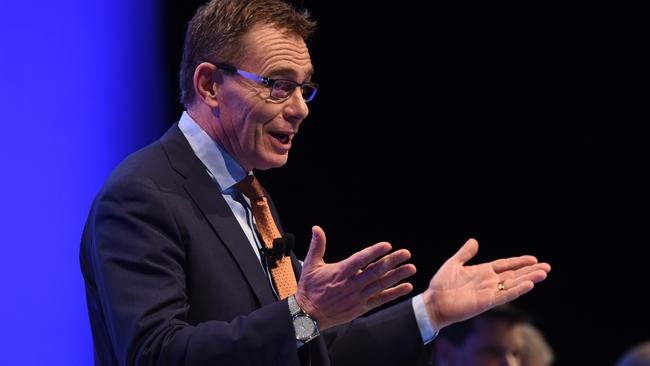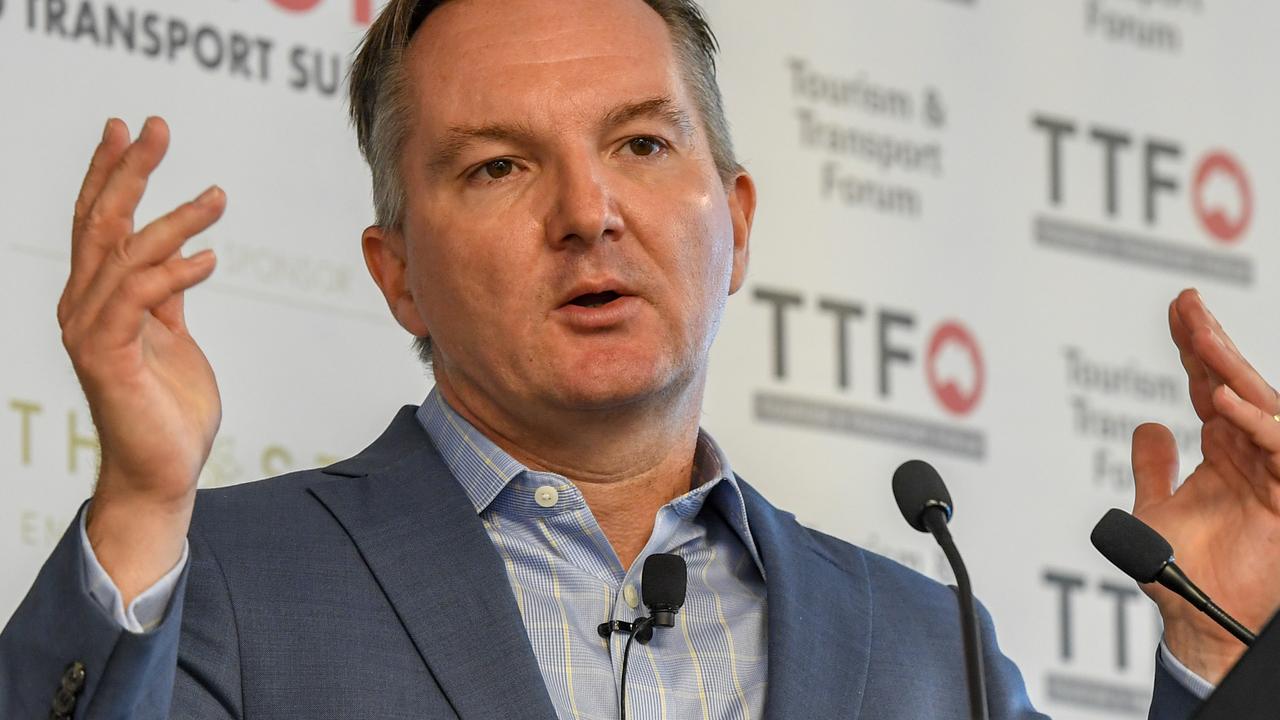BHP executive changes highlight its tech-led transformation
New top executive roles underscore the big tech-led changes at BHP. Other Australian companies should be watching carefully.

In its long history BHP has never used executive titles like “chief transformation officer” and “chief geoscientist”. BHP’s management structure has traditionally concentrated on clearly defined operational tasks. Accordingly, in the latest management shuffle, it was those new management posts that caught my eye because they have wide implications.
In its latest set of reports BHP set out a technology transformation program the like of which has been rarely seen among Australian companies.
But it’s vital that all companies start planning to further mechanise, because if Labor wins in May, then there may be a swing of wealth towards employees, which will boost costs. Technology transformation is going to be vital for a wide area of Australian private sector activities. And even if the ALP pre-election bluster does not lift wage costs in 2019-20, companies that do not embrace the latest technology will fall behind.
At BHP, the process of technology transformation has been embedded in the CEO’s office. Andrew Mackenzie has actually been both CEO and chief transformation officer. The massive table setting out what is planned for BHP had his personal hand on it.
But if BHP is really serious about technology transformation the dual role can’t continue.
Accordingly the company has appointed 42 year-old Jonathan Price to the job.
Before joining BHP 13 years ago Price worked for investment bank ABN AMRO in London with a wide variety of miners as his clients. At BHP, Price has had many roles before being picked by Mackenzie to work under him on the technology transformation program.
Now it’s Price’s baby but he reports directly to Mackenzie. Even with the CEO’s backing, it won’t be an easy task, because there will be resistance to change. The BHP technology change program embraces artificial intelligence and covers almost every activity in the business.
But we are going to see a lot more of these appointments made by Australian companies. In any company, appointments like chief transformation officer will only work if the CEO backs the program and is prepared to intervene when there is a blockage
BHP’s transformation also extends to the way it explores and extracts its minerals.
Accordingly, Laura Tyler becomes chief geoscientist. Tyler will still continue in her current role as asset president for Olympic Dam, based in Adelaide. A key part of her additional job will be the 115 BHP tailings dams, of which only 20 are part of an active mine. The rest are pools of liquid or sludge, usually in remote flat places. The collapse of the tailings dams in Brazil has caused miners around the world to suddenly focus on their old tailings dams and the long term risks they present.
Meanwhile two of the people who have been driving BHP on the international stage have decided to step down in favour of the next generation. Both were international executives. Had they stayed in the jobs their natural successors may have gone elsewhere.
Former Billiton executive Arnoud Balhuizen will return to the Netherlands. He led the successful integration of BHP’s marketing and supply groups into one global commercial team. Similarly, following the successful completion of the sale of BHP’s US onshore assets, Steve Pastor has stepped down.
Geraldine Slattery becomes president of petroleum operations and Vandita Pant chief commercial officer.



